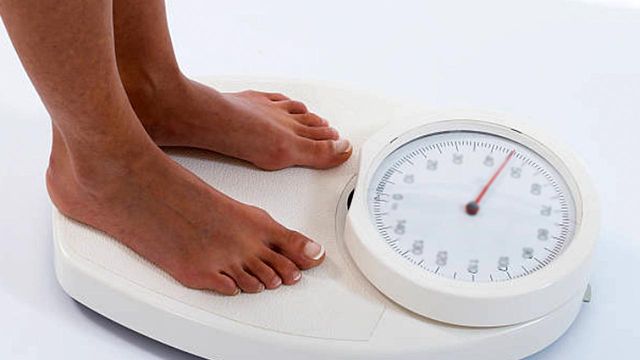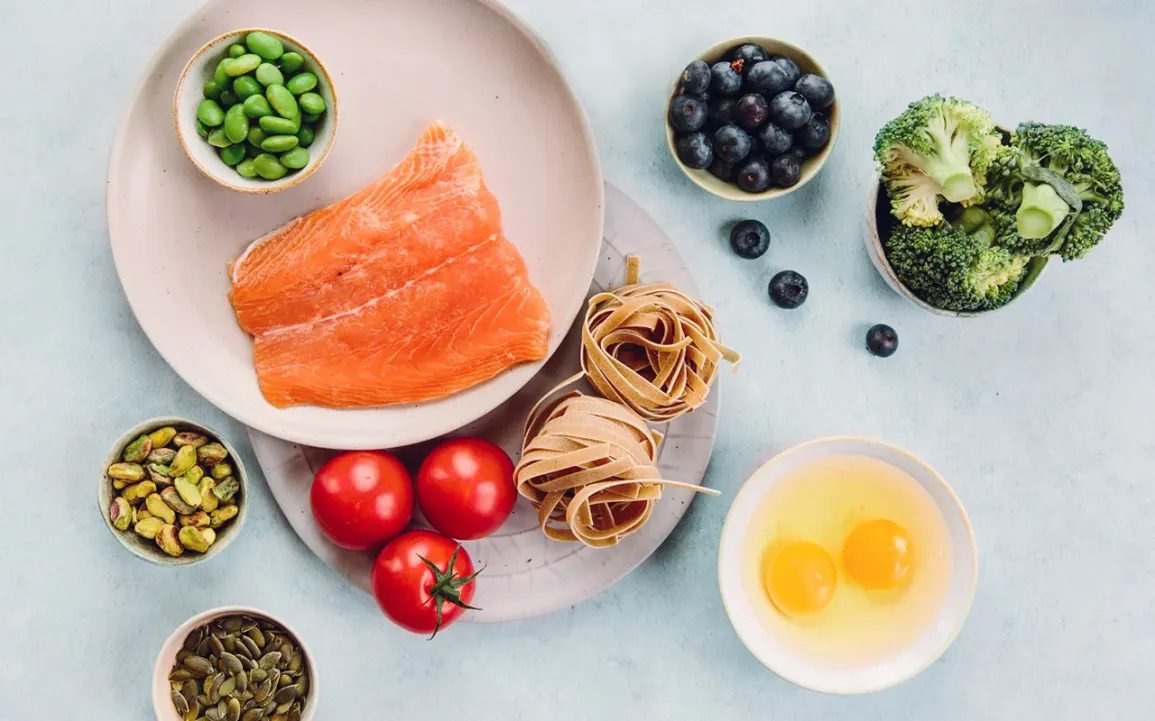Muscle Gain and Fat Loss Diet Plan: Your Ultimate Guide
Introduction
Achieving the twin desires of muscle benefit and fat loss can appear to be a balancing act. On one hand, you need to construct muscle mass via proper vitamins and training. On the alternative hand, you need to manipulate your calorie consumption and recognition on fat loss. This article will manual you thru an powerful healthy dietweight-reduction plan designed that will help you attain each goals, providing you with a balanced technique to nutrition that supports muscle increase at the same time as promoting fats loss.
Understanding The Muscle gain fat loss diet plan:

Before diving into the healthy eating plan, it’s vital to recognize the basic principles behind muscle gain and fats loss:
Muscle Gain: Building muscle calls for a calorie surplus, that means you want to eat extra energy than you burn. Protein consumption is essential because it offers the constructing blocks for muscle repair and boom.
Fat Loss: Losing fat usually requires a calorie deficit, where you devour fewer energy than you deplete. This includes lowering normal calorie intake at the same time as making sure you preserve sufficient protein to keep muscle groups.
Key Components of a Muscle Gain and Fat Loss Diet Plan
To correctly gain muscle and lose fat, your eating regimen need to consist of a balance of macronutrients—proteins, carbohydrates, and fats—in addition to micronutrients, nutrients, and minerals. Here’s the way to structure your healthy eating plan:
1. Macronutrient Distribution
Proteins:
Essential for muscle repair and growth.
– Sources: Chicken, turkey, fish, lean red meat, eggs, beans, legumes, tofu.
– Recommended Intake: 1.Zero to one.2 grams of protein in line with pound of frame weight.
Carbohydrates:
Provide power for exercises and day by day sports.
– Sources: Whole grains, culmination, vegetables, legumes.
– Recommended Intake: 1.0 to 1.2 grams of protein per pound of body weight.

Carbohydrates:Provide electricity for workout routines and day by day activities.
– Sources: Whole grains, culmination, vegetables, legumes.
– Recommended Intake: 1.Five to two.Zero grams of carbs in step with pound of body weight.
Fats:
Necessary for hormone production and normal health.
– Sources: Avocados, nuts, seeds, olive oil, fatty fish.
– Recommended Intake: 0.3 to zero.Four grams of fat in step with pound of frame weight.
Table: Macronutrient Distribution
| Macronutrient | Percentage of Daily Intake |
|---|---|
| Protein | 30% |
| Carbohydrates | 40% |
| Fats | 30% |
2. Caloric Intake
Finding the right caloric stability is essential. Here’s a way to calculate your desires:
1. Determine Basal Metabolic Rate (BMR): The variety of energy your body wishes at rest.
2. Adjust for Activity Level: Multiply BMR through an pastime component (sedentary, lightly active, reasonably active, very active).
3. Set Caloric Goals: Aim for a moderate caloric surplus (250-500 energy) for muscle gain or a deficit (500-750 energy) for fats loss.

Example Calculation:
– BMR: 1,800 energy
– Activity Level: Moderately lively (1.55 multiplier)
– Total Daily Energy Expenditure (TDEE): 1,800 x 1.55 = 2,790 calories
– For Muscle Gain: 2,790 three hundred = three,090 energy consistent with day
– For Fat Loss: 2,790 – 500 = 2,290 energy per day
3. Meal Timing and Frequency
Eating at ordinary intervals enables maintain energy degrees and supports muscle restore. Aim for:
– 5 to 6 Small Meals: Helps to keep metabolism active and provides a steady supply of vitamins.
– Pre-Workout Snack: A mix of protein and carbs (e.G., Greek yogurt with fruit) to gasoline your workout.
– Post-Workout Meal: High in protein and carbs (e.G., chook with quinoa) to aid recuperation.
Sample Diet Plan
Breakfast:
– Scrambled eggs with spinach
– Whole-grain toast
– Fresh fruit (e.G., apple or berries)
Mid-Morning Snack:
– Greek yogurt with honey
– A handful of almonds

Lunch:
– Grilled chicken breast
– Quinoa salad with blended greens
– Olive oil dressing
Afternoon Snack:
– Protein shake
– A piece of fruit (e.G., banana)
Dinner:
– Baked salmon
– Steamed broccoli
– Sweet potato
Evening Snack:
– Cottage cheese with some slices of cucumber
Tips for Success
– Hydration: Drink masses of water at some point of the day to stay hydrated and assist metabolic procedures.
– Sleep: Aim for 7-9 hours of satisfactory sleep according to night time to promote recuperation and muscle boom.

– Avoid Processed Foods: Minimize consumption of sugary and processed foods that can preclude your progress.
– Track Progress: Regularly screen your weight, body measurements, and electricity ranges to adjust your food plan as needed.
FAQs
1. Can I attain muscle benefit and fat loss simultaneously?
Yes, it’s feasible with a cautiously balanced food regimen and exercising regimen, although development can be slower than that specialize in one intention at a time.
2. How often ought to I alter my caloric consumption?
Adjust your consumption based on adjustments in weight and body composition every 2-four weeks.
3. Is it vital to take supplements for muscle benefit and fat loss?
Supplements aren’t required however may be beneficial. Consider protein powders, creatine, and branched-chain amino acids (BCAAs) if wanted.
4. What must I do if I’m now not seeing results?
Reevaluate your calorie consumption, macronutrient distribution, and exercising routine. Consulting a nutritionist or non-public instructor will also be useful.
Conclusion
A nicely-based healthy dietweight-reduction plan is vital for reaching each muscle advantage and fat loss. By focusing on balanced macronutrient distribution, dealing with caloric intake, and adhering to a constant meal timing schedule, you could create an effective strategy that supports both objectives. Remember to stay hydrated, get adequate relaxation, and alter your plan as needed based for your progress. With endurance and patience, you’ll be to your way to accomplishing your health goals.
Feel unfastened to proportion your stories or ask questions in the comments underneath. Happy education and consuming!
